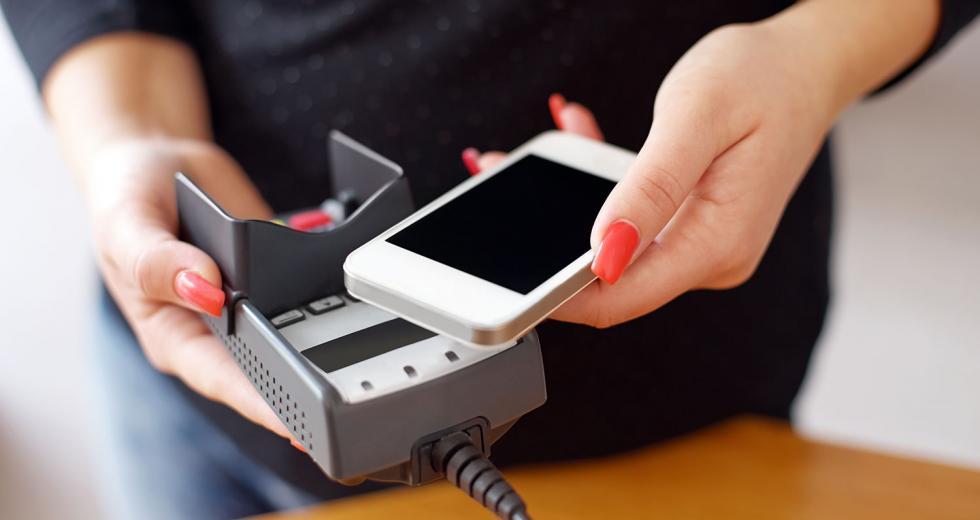If there is any advice businesses can glean from the often surprising research and real life stories about our oddly emotional connection to tipping, it’s this: Don’t mess if you don’t have to.
“In general, customers really like the right to tip and they don’t like it when that gets taken away,” says Michael McCall, the director of the School of Hospitality Business at Michigan State University and an expert on tipping.
Case in point: New York restaurateur Danny Meyer announced last fall that his 14 restaurants would no longer accept tips. Instead, they raised prices to pay servers. But people are still tipping, almost as often.
Customers get even more unhappy when tips are automatically assessed and added to the bill, McCall says, but they gladly tip when the tipping is easy. A number of studies have shown that, when a bill has tipping percentage guidelines, people tip better.
“No one wants to think or do math at the end of a meal,” says Ed Roehr, co-owner of Magpie Café in Midtown. “You want to hug and kiss goodnight.”
Technology, done right, also raises the tip amounts. Studies have long shown that people spend more, and tip more, when they use their credit cards. “It doesn’t seem like real money,” McCall says. Some electronic payment systems, like Square and others that connect to smartphones as well as credit cards, are increasing the amount and frequency of tips. Why? They require customers to make a choice not to tip.
To finish a transaction using Square, for instance, a window pops up on the screen requiring customers to choose either a tip amount or “no tip” before it will close. Since adding that feature, Square reported the number of tipping customers increased from 38 percent in 2012 to around 50 percent last year. (Earlier versions asked customers to go to a second screen if they wanted to tip, or allowed them to end the transaction without choosing one way or the other.)
“We do know that the less thinking customers have to do, the happier they are,” says McCall. “People tip well when they’re happy.”
For more on the psychology behind why we tip, check out Rick Kushman’s full feature.




Comments
Missing from this are the numerous problems created by tipping: it's discriminatory (black servers earn less, for example, controlling for service quality), correlated to sexual harassment and corruption, nearly uncorrelated to service quality, creates a significant wage gap between servers and cooks, and more. Over 150 establishments have abandoned traditional tipping models (http://bit.ly/tip-free-restaur...), so I believe companies like Square are on the wrong side of history when adding tipping functionality to their services.